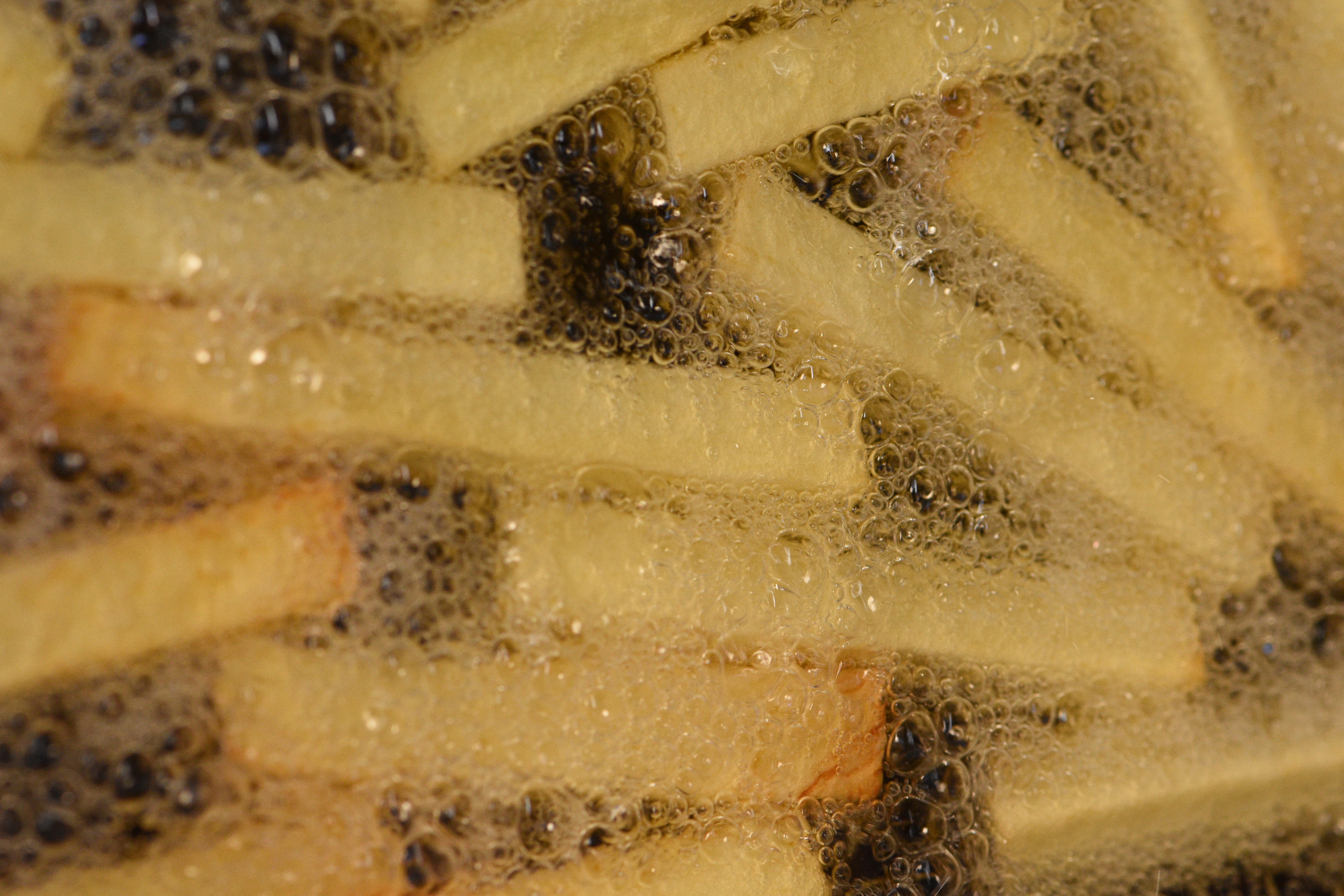Publications
Agrico Research

The "early fries" segment
The agricultural sector is constantly changing, and the pace of change and innovation is also high in the potato sector. Stricter legislation in the field of plant protection plays an important role in this respect. Starting from the 2020 harvest, the widely used plant protection product Chloro IPC may no longer be used for the long term preservation of potatoes. This will have an effect on the market for products such as fries.
The agricultural sector is constantly changing, and the pace of change and innovation is also high in the potato sector. Stricter legislation in the field of plant protection plays an important role in this respect. Starting from the 2020 harvest, the widely used plant protection product Chloro IPC may no longer be used for the long term preservation of potatoes. This will have an effect on the market for products such as fry potatoes.
The processing of early fry potatoes normally starts around mid-July. Potato varieties belonging to the “early fries” segment are used for this purpose. For example, the Agrico varieties Première and Sinora, and Agrico’s new Ravel variety are widely used in this segment. The free Anosta and Frieslander varieties are also used for early fries.
An early fry variety is characterized by a faster growth cycle encompassing emergence, foliage development, possible flowering, tuber initiation, growth and bulking. These varieties absorb little water towards the end of the growth cycle, resulting in a dry matter content in the tubers of around 22% (UWW 400). These are good properties for the processing industry.
The plant acquires the dry matter through the process of photosynthesis in the foliage. A faster growth process means that the period during which photosynthesis can take place is shorter, resulting in less production. Early fry varieties therefore have relatively low yields. Consumer growers of early fry varieties are compensated for this by a higher price for the potatoes.
Breeding new varieties suitable for the “early fries” segment is a challenge. It has not yet proved possible to grow varieties that achieve all three desired characteristics for this segment within a growth period of 90 days:
- Sufficient dry matter
- Sufficient coarseness
- Sufficient tuber length
An early potato can produce long and coarse tubers early in the growing season, but not with an underwater weight of 400. Coarse tubers with a high underwater weight are also possible, but these tubers often remain round in shape. Fry varieties such as Première and Sinora produce relatively round tubers. These are less suitable as raw material for many processing industry products.
The fries industry chooses to start with early fry varieties, while the potatoes can be stored for longer and longer periods. For example, varieties such as Fontane, Agria and Marquis can now be kept from October to mid-July. These varieties could potentially be stored even longer, but the removal of the widely used product Chloro IPC means that long storage of potatoes will become more challenging and more costly. Potatoes can be stored for longer periods at lower temperatures, but there is a risk of cold-induced sweetening. In addition, refrigeration during the warmer months uses a lot of electrical energy. For these reasons, the market for early fry varieties is expected to continue to exist for a long time. However, we will keep searching for varieties that do not sweeten at low temperatures and varieties with a long dormancy. Finally, the processing industry needs early fry varieties that match the other varieties in terms of flesh color (both whiter and yellower than the Première).
